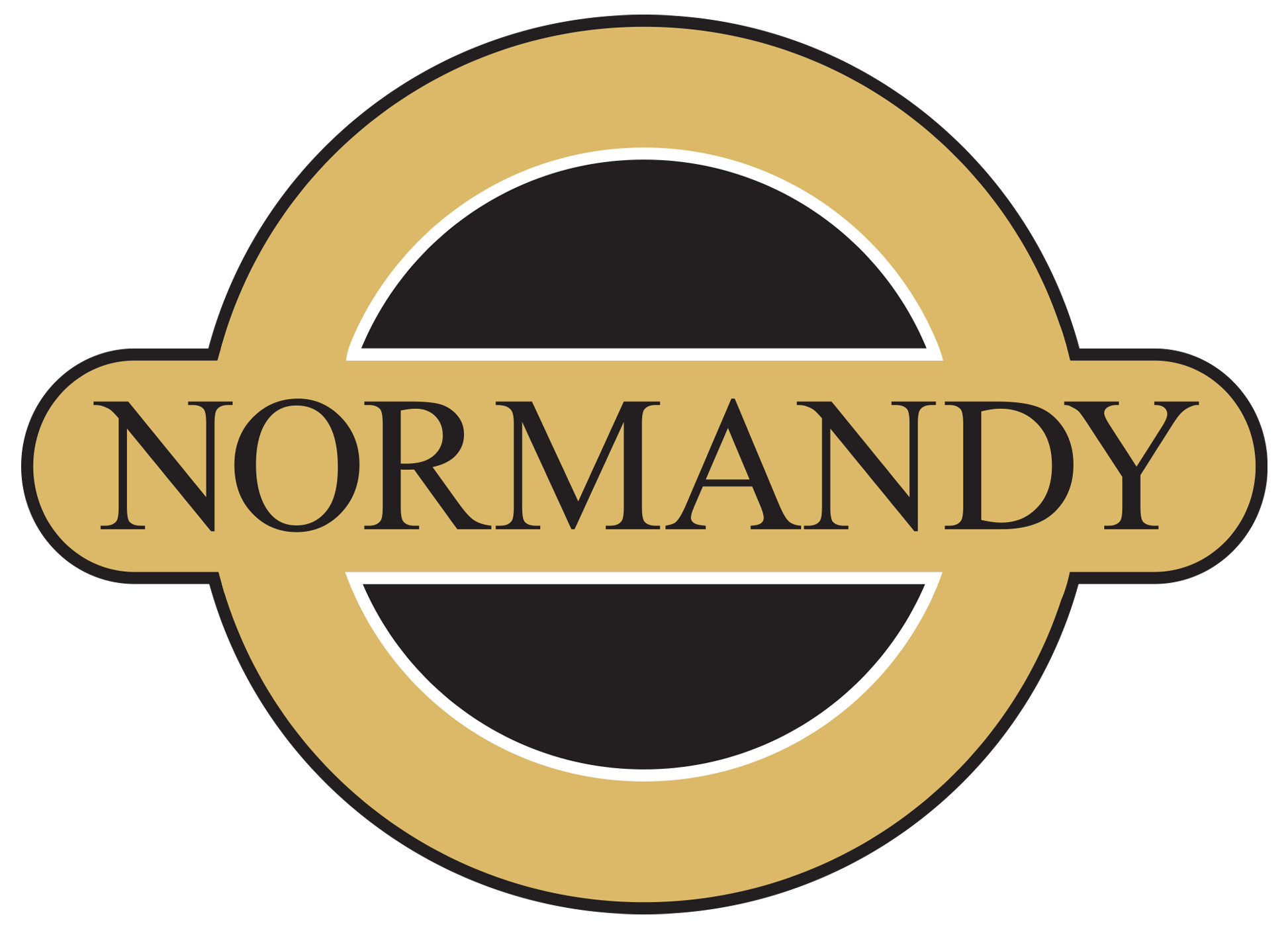The Antiqued Mirrored Tiled Bar: So 70’s or Très Chic?
 Anyone who remembers the wall-to-wall mirrored tiles from the 1970’s can understandably be turned off by the mere mention of incorporating them into your newly remodeled space. But when used with restraint, you may find yourself reconsidering mirrored tiles after all.
Anyone who remembers the wall-to-wall mirrored tiles from the 1970’s can understandably be turned off by the mere mention of incorporating them into your newly remodeled space. But when used with restraint, you may find yourself reconsidering mirrored tiles after all.
Let’s first address the elephant in the room, why select a mirrored tile in the first place? In some cases, the homeowners want to emulate a real bar area, which almost always features mirrors behind the bottles. Mirrors are initially incorporated into bar areas for two reasons. One being that when enjoying a drink alone, you’d be able to see if anyone was approaching you from behind, and the other benefit is that it can make the area look a bit fuller. It is also important to consider the entire home’s aesthetic when designing the bar. For a more traditional style home, the mirrored tile could feature warm brown undertones that almost mimic a glass jewelry box.
Now you may be asking yourself, “how do I incorporate mirrored tile correctly?” The answer is and always will be, less is more. In the 70’s and 80’s, rooms were seen with a multitude of surfaces covered in mirrors. Whether above the tub, sink, or an entire room, it was too overwhelming. For an updated approach, we recommend that the antiqued mirror be limited to the bar area only and, if available, be positioned to reflect any natural light in the room, to add a contemporary feel and brighten things up a bit.
 When thinking of incorporating an antiqued mirrored tile, it’s also important to consider the surrounding materials. Wood species, such as cherry give a more traditional aesthetic because of its grain quality. Paired with a copper sink, the whole bar looks authentic. If your taste leans more towards lighter stained wood, cool metal finishes will balance the warmth in the mirrored tile.
When thinking of incorporating an antiqued mirrored tile, it’s also important to consider the surrounding materials. Wood species, such as cherry give a more traditional aesthetic because of its grain quality. Paired with a copper sink, the whole bar looks authentic. If your taste leans more towards lighter stained wood, cool metal finishes will balance the warmth in the mirrored tile.
There are a few different processes to antiquing the mirrored tile in order to achieve a variety of different levels of clarity. They can range from a slight coat for a near clear surface, to an otherwise heavy coat, which is only slightly reflective. In most cases, they are altered by the backings of the tile to make it more or less reflective. It’s also important to match the wall color to the tile’s backing. Often, we will paint the entire wall behind the tile black. If at any point the wall decides to peek through, black would be seen, which camouflages with the tile’s backings. This is true for any type of tile that doesn’t require grout.
In need of some assistance when it comes to remodeling your home with shimmery accents? Set up a time to discuss your home’s possibilities. While you’re at it, make sure to follow us on Facebook and Instagram for even more home tips, tricks, and inspiration.


